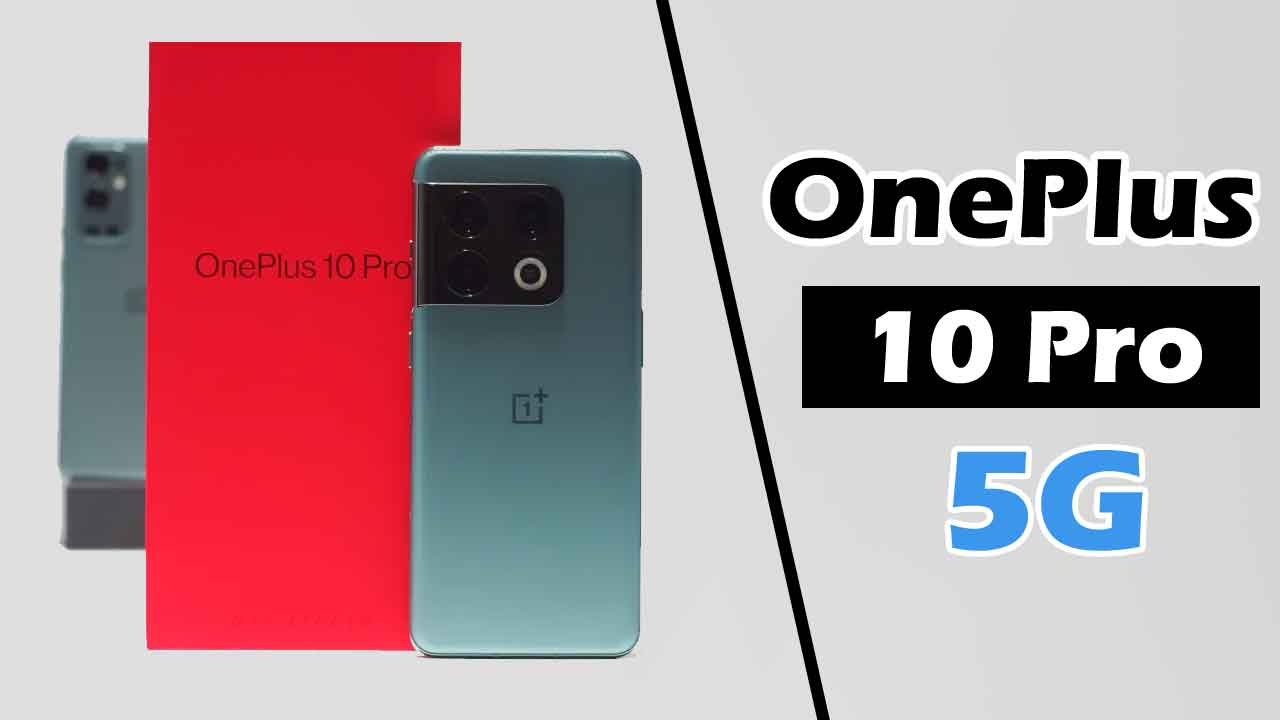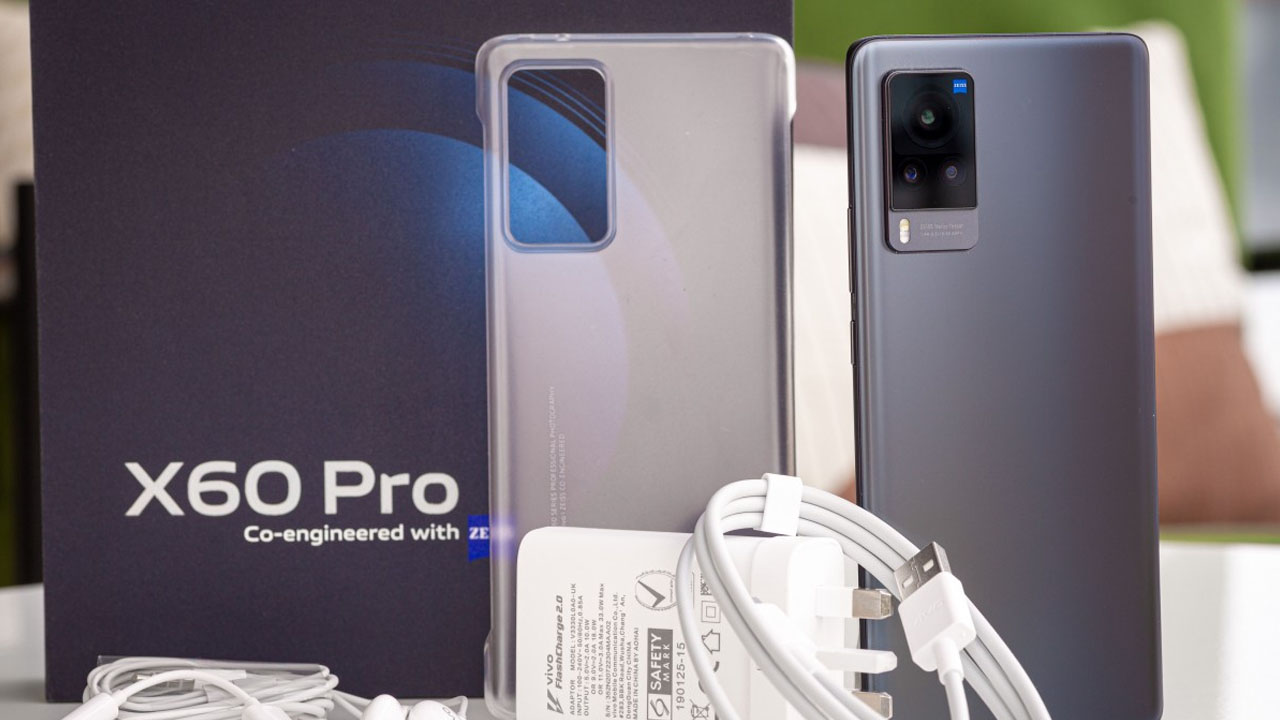Xiaomi is known for introducing affordable smartphones on the market, and while many believe Xiaomi is the end of the path, people forget that premium smartphones do exist. The company spun off Redmi ‘s brand into its own business last year and is now seeking to tap into the budget market with their new Mi 10.
The last premium Xiaomi smartphone was the Mi Mix 2, launched nearly 3 years ago. Now, the company is looking to get back into the luxury market with the Mi 10. But, given the tensions between India and China it may be a tough path ahead. Moreover, most people know Xiaomi as a brand for aggressive price production of budget smartphones.
Thus the stakes with this one are high for Xiaomi. So let’s see if the Xiaomi Mi 10 does have what it takes?
Xiaomi Mi 10 Review: Specifications
Xiaomi Mi 10 features a 6.67-inch FullHD+ Super AMOLED display that has a 19.5:9 aspect ratio. It is powered by the 865 processor Qualcomm Snapdragon coupled with RAM 8 GB and onboard storage 128 GB. With a microSD card slot the capacity is further expandable. It runs out of box on Android 10-based MIUI 11. It is all powered by a 4,780mAh pack.
On the optics aspect, the Mi 10 features a rear quad camera setup including a main 108MP camera, an ultra-wide-angle 13MP lens, a 2MP depth sensor and a 2MP macro sensor. There’s a 20MP selfie snapper right up front.
Xiaomi Mi 10 Review: Design and Display
The concept for the Xiaomi Mi 10 is understated in size. It doesn’t sport a loud design that attracts the attention of people in the city, but it provides an elegant look that makes the smartphone look fine.

The Mi 10 sports a 6.67-inch screen on the top, with a punch-hole camera to the left. It has thin bezels at the top and bottom that give a smooth viewing experience even with the camera in the punch hole. The highly curved sided panel contributes to the smooth look.
As for the placements, Mi 10 sports on the bottom edge a USB Type-C port flanked by the speaker grille and the main microphone, and a sim card tray. The right edge houses buttons for control and volume. The left edge is fully wiped, with a secondary microphone, IR blaster and a secondary speaker in the top side. The phone’s ergonomics are very good overall, and it feels quality in hand.

Returning to the show, it’s a 6.67-inch Super AMOLED screen with 2340×1080 pixel resolution. If you’re playing games or watching a movie on Netflix, the curved monitor from the edges, along with the 90Hz refresh rate and HDR10 + looks very fine. I ‘d agree that this is one of the best panels I’ve ever tried, only short of the OnePlus 8 because it doesn’t endorse 120Hz.
However, the 90Hz panel does not make much difference, instead of 120Hz panel. When performing day-to-day activities, the Mi 10 ‘s dynamic interface lets you forget you ‘re just looking at a phone window.
Xiaomi Mi 10 Review: Performance, Software and UI
Xiaomi Mi 10 is powered by a Qualcomm 865 processor coupled with 8 GB of RAM. For the phone priced at about Rs . 50,000, we expected nothing less than the specifications we had received. The phone worked without problem during the testing period. The display’s 90Hz refresh rate makes the device look quicker than it really is. This combined with the top line specs, the phone was performing for the price range as anticipated.

The Mi 10 runs out of the box on Android 10 based MIUI 11. The software is well built to make the most of all that power to deliver a smooth experience. MIUI had its fair share of annoyances on the Mi 10 though. Given the impressive amount of customizations and features packed into the unit, a major problem for me is the amount of bloatware, super colorful UI along with the absence of the app drawer.
While the Mi 10 didn’t have ads compared to other Xiaomi smartphones, GetApps app’s constant notification bombardment feels nothing short of an ad. I appreciate the functionality and the amount of built-in customizations, but the MIUI is still something that I can’t get around to liking.
Xiaomi Mi 10 Review: Cameras
Xiaomi Mi 10 sports a rear quad camera system. The system includes a main 108MP camera, an ultra-wide-angle 13MP lens and a 2MP depth sensor, and a 2MP macro sensor. There’s a 20MP selfie snapper right up front.

The camera software is simple and has plenty of features to deliver. Navigation is simple, and is the same as other MIUI-based phones.
The Mi 10 have managed to click some amazing shots during our tests. It takes 25.2-megapixel shots from the main sensor by default but you can configure it to take 108-megapixel shots in full resolution. The phone managed to lock focus easily under good lighting conditions and even picked up the natural colours. The difference between 108-megapixel pictures and the default pictures was not very visible unless the pictures were placed on a 43-inch screen.
If you try to take HDR shots, you can see the tech at play, with intense sharpening, noise reduction and odd shadows. The shots in Night mode are decent but not at the same price as a Pixel or Huawei. The 2 megapixel macro sensor is the one I was interested in testing and as planned it produced images at this price range which can not be said to be taken from a camera.
The phone was good enough for selfie. With the beauty mode turned on by default, you will find a lot of smoothening in the picture, and can not be completely toggled off. Many people would like the results that images optimized by the program produce.
Xiaomi Mi 10 Review: Battery
The Mi 10 comes with an incredible 4,800mAh battery. Low to medium use over the duration of my time with the tool gave me two full days of use. The battery has lasted a little more than a full day of use with my use. This number is aided by the MIUI device enhancements that destroy apps in the background and push stop services to hit.
The smartphone also supports fast 30W charging with the included wall adapter and fast 30W wireless charging with the proprietary wireless charger to be purchased separately. Even the smartphone has 10W reverse charging which is fine on paper, but in fact it has failed to keep my S20 Ultra charged because it disconnects from time to time.
Xiaomi Mi 10 Review: Verdict

Xiaomi Mi 10 feels like a true flagship in performance and in hand. Priced at Rs 49,999, this really comes in the price bracket for the flagship as well. The camera output is good too, but I feel some software enhancements are still needed for better shots. It makes for a future proof smartphone as the phone comes with 5 G support as we could start seeing 5 G trials beginning next year.
If they are able to endure the MIUI annoyances, I would suggest anyone interested in the Mi 10 to go for the purchase. It is killing the flagship experience with all of the bloatware, endless flooding of alerts from the bloatware. If you’re able to change a little bit in the front of the app, the Mi 10 is a ton.



